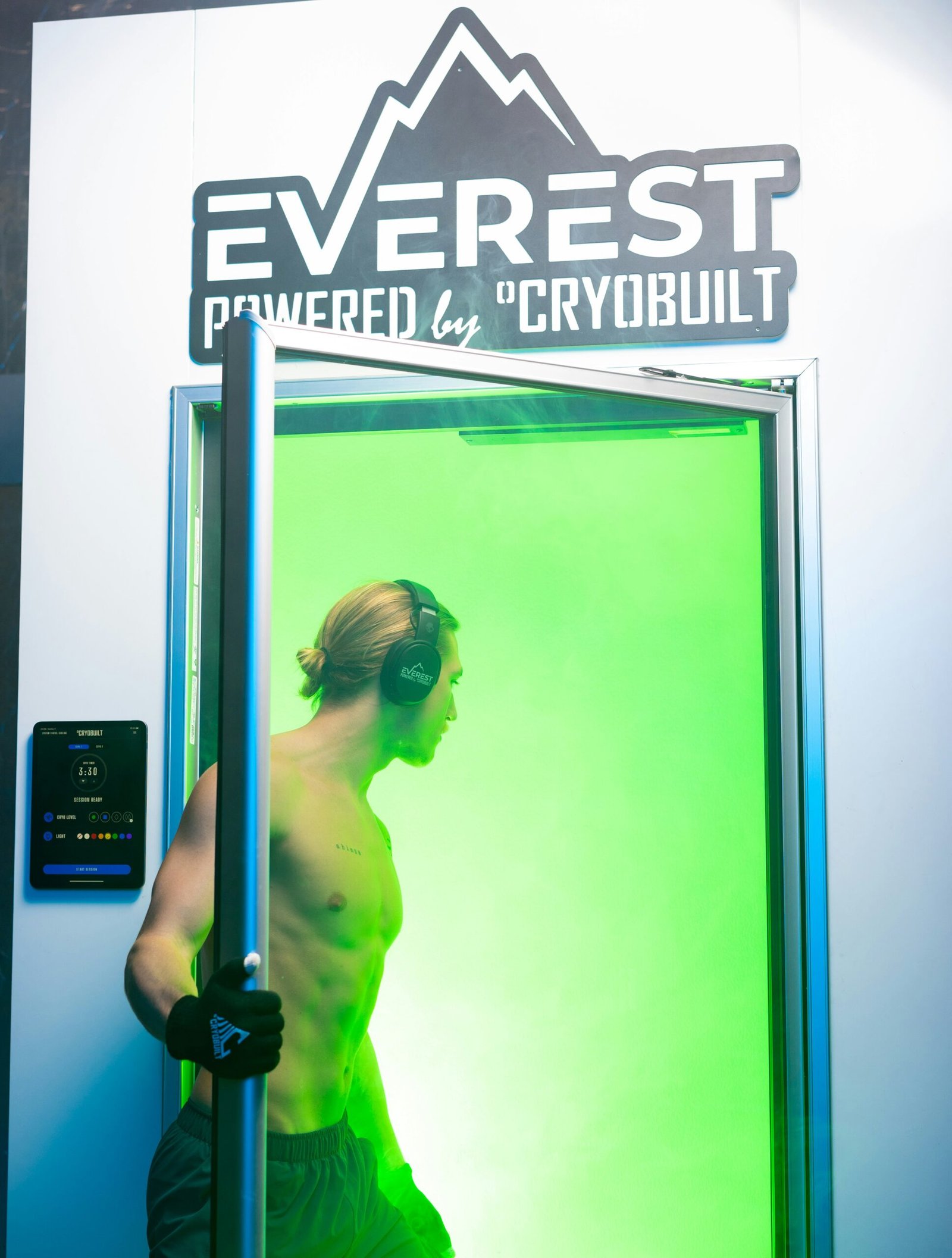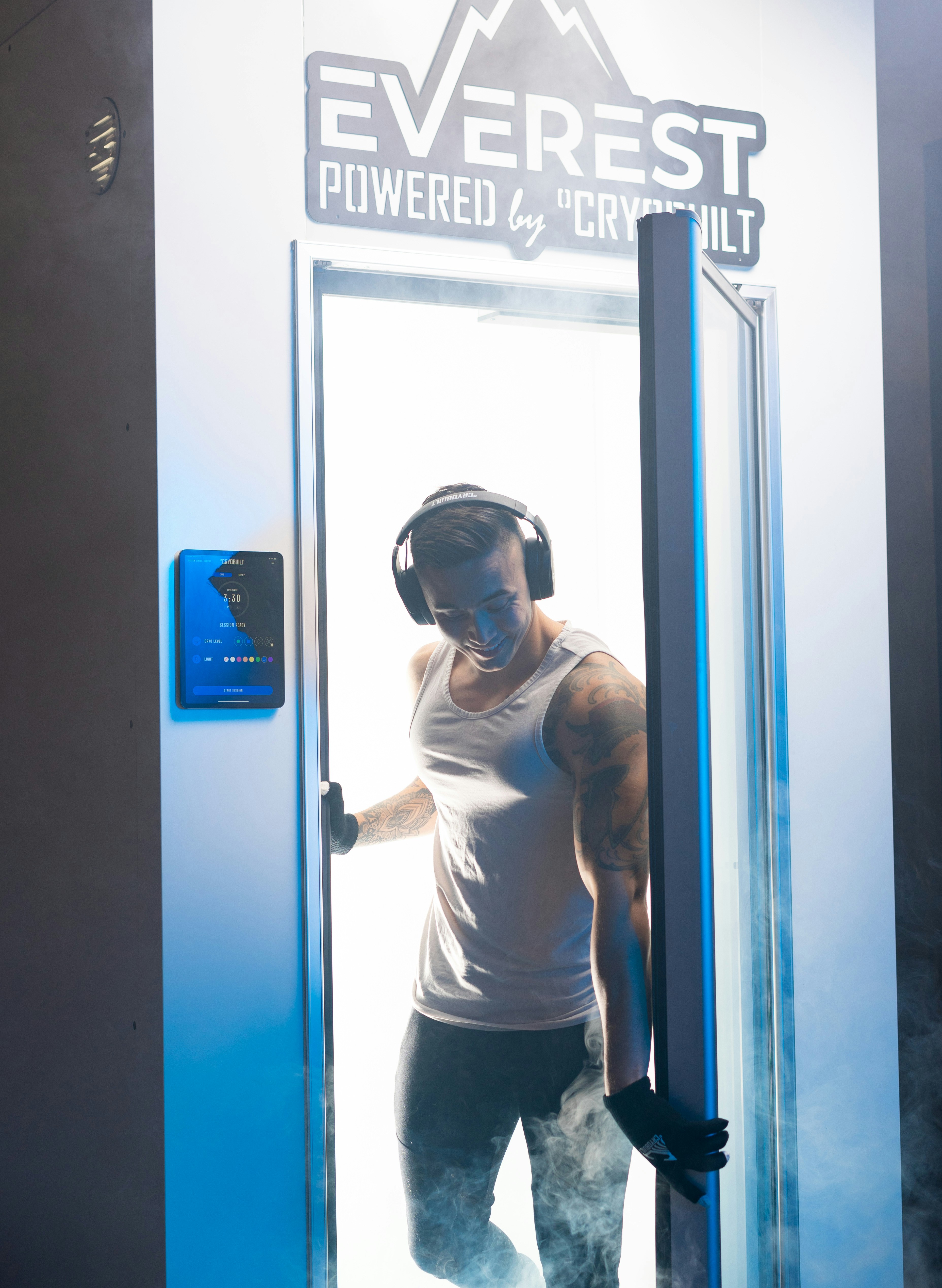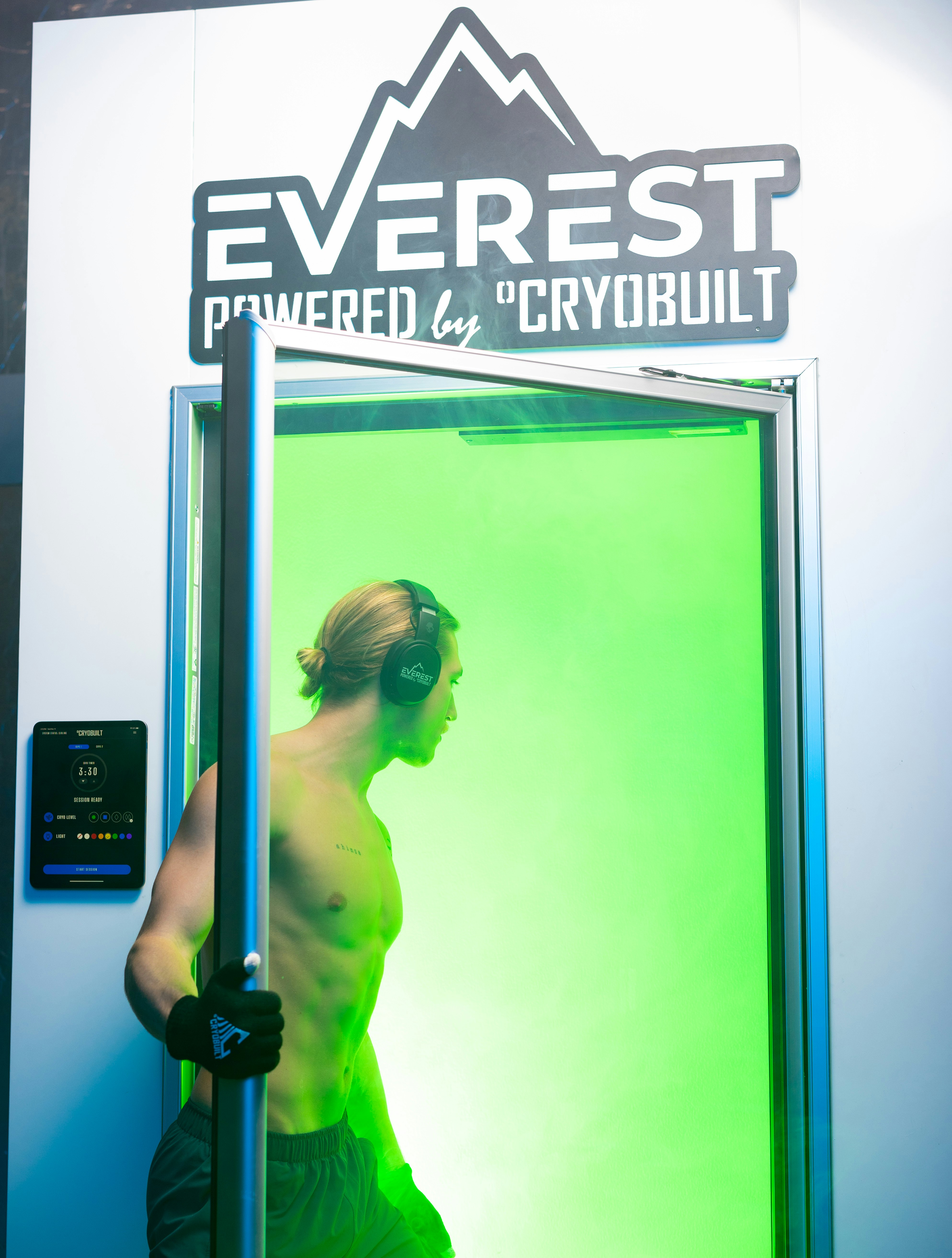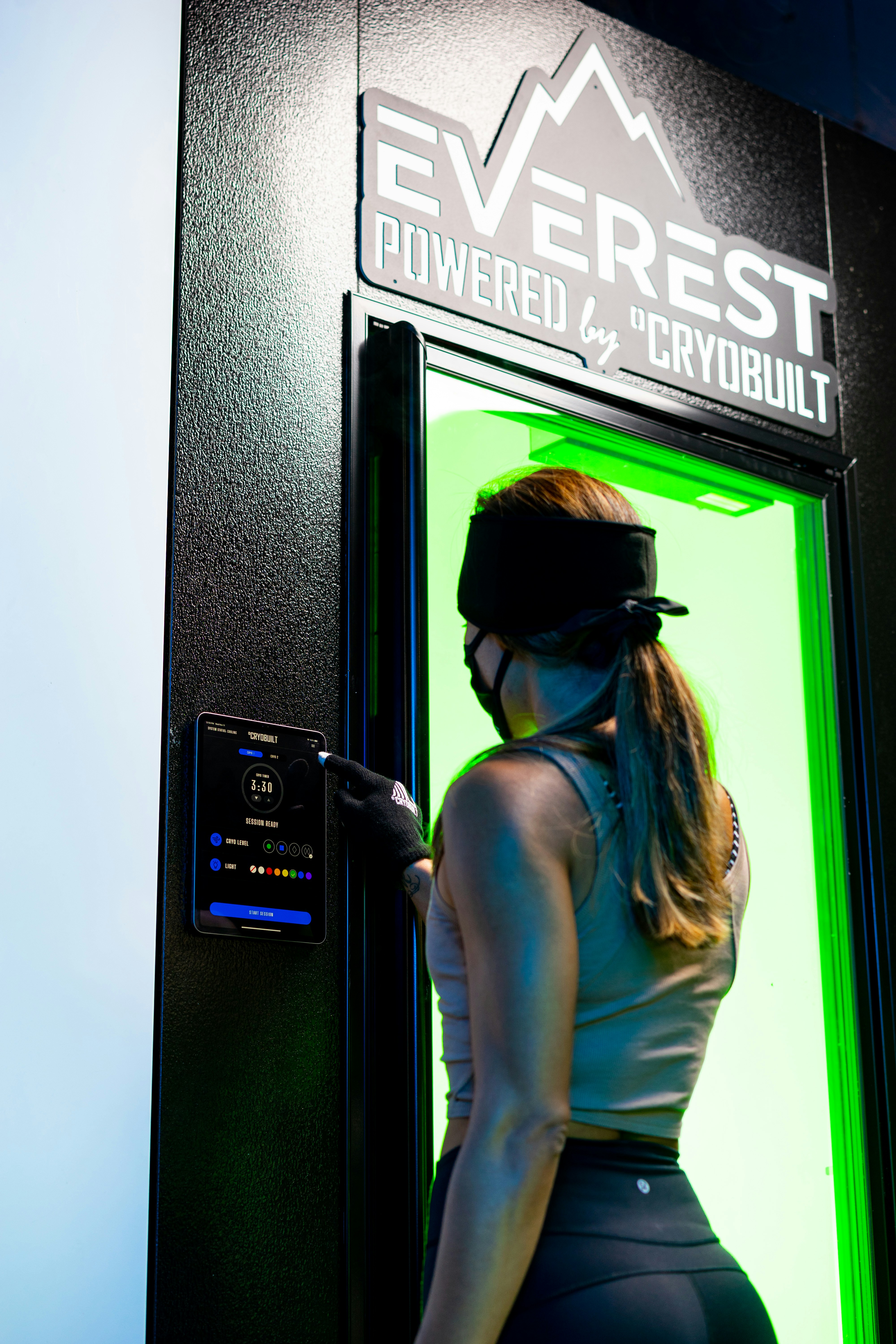Have you ever wondered how athletes recover so quickly after an intense workout? The secret often lies in a technique known to enhance recovery and improve performance—cold therapy. While you might be more familiar with the discomfort of ice against your skin than the science behind it, what if the chill could be your friend in recovery and performance? Let’s journey through the fascinating world of cold therapy and its role in fostering muscle elasticity.
What is Cold Therapy?
Cold therapy, also known as cryotherapy, involves applying cold temperatures to the body’s tissues. The primary aim is to reduce inflammation, pain, and swelling in muscles, joints, and soft tissues. Cryotherapy can take various forms, from ice packs and cold baths to advanced local and full-body cryotherapy chambers.
The Cooling Effect
The concept behind cold therapy is deceptively simple. Cooling the skin and underlying tissues leads to vasoconstriction—the narrowing of blood vessels—reducing blood flow to the affected area. This effect minimizes swelling and numbs the pain caused by inflammation or injury. After the cold application is removed, the body gradually warms up, leading to vasodilation—blood vessels widening—which improves circulation and facilitates the removal of metabolic waste accumulated during exercise.
The Science of Muscle Elasticity
Muscle elasticity refers to a muscle’s ability to return to its original length after being stretched. This elasticity is vital for effective movement and overall performance. Muscles consist of elastic fibers that can stretch and contract. However, factors such as injury, overuse, or inadequate recovery can reduce elasticity, leading to stiffness and a higher risk of injury.
How Elasticity Works
Think of your muscles as rubber bands. Stretch them gently, and they return to form; overstretch them, and they might lose that snapping back ability or break. The interplay between collagen fibers within your muscles and tendons facilitates elasticity, ensuring you can move efficiently and with fluidity. Brimming with collagen fibers, your tendons attach muscles to bones, allowing your body to spring into action as needed.
How Cold Therapy Affects Muscles
Now that you have a basic understanding of cold therapy and muscle elasticity, how does one influence the other? Cold therapy plays a multifaceted role in improving muscle elasticity, thereby enhancing your physical performance and recovery process.
Reduction in Muscle Damage
Cold therapy reduces muscle damage following intense exercise. When you engage in strenuous activities, microtears occur in the muscle fibers, which need repair. By managing inflammation and pain, cold therapy allows muscles to heal with fewer complications, preserving their natural elasticity.
Prevention of Overuse Injuries
Cold therapy is not only about recovery but also about prevention. Regular exposure to cold can condition muscles and tendons to sustain the daily demands of physical activities. By reducing inflammation and ensuring the repair process is optimal, cold therapy helps keep your muscles in prime condition, reducing wear and tear over time.
Benefits of Cold Therapy for Muscle Elasticity
Let’s delve deeper into the core benefits of cold therapy when it comes to enhancing muscle elasticity.
Enhanced Recovery Time
After an intense workout or sporting event, recovery becomes crucial. Cold therapy helps reduce muscle soreness and accelerates recovery, allowing you to maintain or even improve your training schedule without setbacks. The quicker you recover, the sooner you can get back to what you love doing.
Improved Flexibility
Muscles that repeatedly endure strain and resistance of physical activities tend to stiffen over time. Cold therapy assists in loosening up these muscles, enhancing their flexibility and elasticity. This loosening effect helps widen your range of motion and decreases the risk of injury, therefore promoting better performance.
Increased Blood Flow
Though cold initially reduces blood flow, it promotes increased circulation once the cooling effect subsides. This improved circulation delivers nutrients and oxygen to your muscles, aiding in repair and fostering elasticity. Your muscles become stronger, more resilient, and capable of enduring additional strain without compromising performance.
Different Types of Cold Therapy
Cold therapy is versatile and can be adapted to suit personal preferences and specific needs. Here’s an exploration of the most common forms of cold therapy:
Ice Packs
Ice packs are a convenient and accessible option for on-the-go relief. They are typically used for localized pain, allowing you to directly target specific areas of discomfort and inflammation. Always remember to wrap the ice pack in a towel to prevent frostbite or irritation on the skin.
Cold Baths
Immersing your body in a cold bath can be a refreshing post-workout ritual. Cold baths reduce overall muscle soreness and are an effective method for whole-body recovery. The immersion technique plays a vital role in reducing muscle temperature and post-exercise systemic inflammation.
Cryotherapy Chambers
For a more modern approach, cryotherapy chambers provide full-body exposure to extremely low temperatures for a brief duration, typically between two to four minutes. This advanced method is lauded for its potential to promote muscle healing and improve elasticity throughout your body simultaneously.
Contrast Baths
Contrast baths alternate between hot and cold water immersion. The technique involves immersing the body in cold water followed by hot water, repeating this cycle several times. This temperature contrast induces vasodilation and vasoconstriction, which promotes circulation and aids in the recovery of muscle elasticity.
Compression Garments with Cooling Gel
Some athletes and fitness enthusiasts use compression garments infused with cooling gels. These garments provide constant cold exposure to specific areas, enhancing recovery and providing comfort and support during the healing process.
When and How to Use Cold Therapy
While the benefits of cold therapy are abundant, knowing when and how to apply it is essential to optimize its effectiveness.
Timing Matters
The ideal time for cold therapy is soon after exercise or physical activity. Prompt application can effectively manage post-exercise inflammation and soreness. However, use cold therapy sparingly during warm-ups, as it may reduce muscle temperature too drastically, hindering performance.
Application Duration
The duration of cold application should be carefully monitored. When using ice packs, limit each session to 10-15 minutes to avoid skin damage. Cold baths can range between 10-20 minutes, while cryotherapy chamber sessions typically last two to four minutes. Contrast baths require times adjustments based on personal tolerance, typically alternating every five minutes between temperatures.
Safety Precautions
While generally safe, cold therapy comes with precautions. Avoidicing direct application to skin and using appropriate barriers like towels when needed. Those with conditions such as Raynaud’s disease or reduced blood flow should seek medical consultation before engaging in cold therapy.

The Emotional and Psychological Benefits
Cold therapy isn’t solely about the physical effects. It also impacts your psychological well-being, playing a part in mental recovery.
Mental Resilience
Cold exposure has been noted to improve mental resilience. Regular engagement in cold therapy trains your mind not just to endure physical discomfort temporarily but to embrace a form of therapy known to benefit your body.
Stress Relief
The rush of endorphins released during cold therapy sessions—especially in cryotherapy chambers—contributes to stress relief and helps combat anxiety and minor depression. These mood-enhancing effects provide a mental boost that’s just as crucial as the physical benefits you reap.
Beyond Muscle Elasticity: Additional Perks
It’s true that cold therapy primarily targets muscle elasticity and recovery, but the perks extend further.
Skin and Immune Benefits
Improved circulation from cold therapy aids in enhancing your skin’s overall health. The cold effect can tighten pores and refine skin texture. Furthermore, the thermal exposure from cold therapy is thought to bolster immune function by activating the body’s natural defenses against viruses and illness.
Metabolic Boost
Cold exposure can potentially induce a metabolic boost. It promotes brown fat formation, a type of fat that generates heat by burning calories. This process may assist in regulating body weight and enhancing your metabolic rate over time.

Personalizing Your Cold Therapy Journey
Successful integration of cold therapy into your routine involves personalization. User preferences differ, and your precise needs should dictate your approach. Experiment with different methods until you find what resonates best with your body and lifestyle.
Conclusion
You’ve uncovered the multifaceted benefits of cold therapy in enhancing muscle elasticity and overall recovery. Whether it’s targeted ice packs, invigorating cold baths, or the advanced cryotherapy chambers, cold therapy offers various pathways to improve not only your physical performance but your mental resilience as well. Understand its application, respect its limitations, and you’ll soon find that the chill isn’t just bearable—it’s beneficial. Embrace the cold, knowing it’s one step closer to achieving a healthier, more resilient you.




